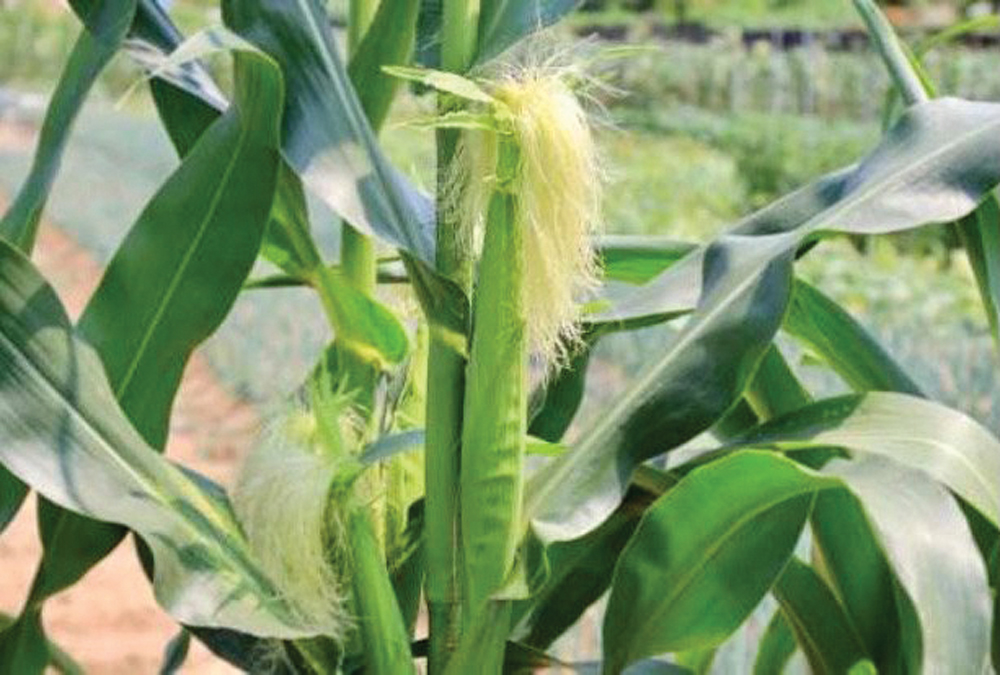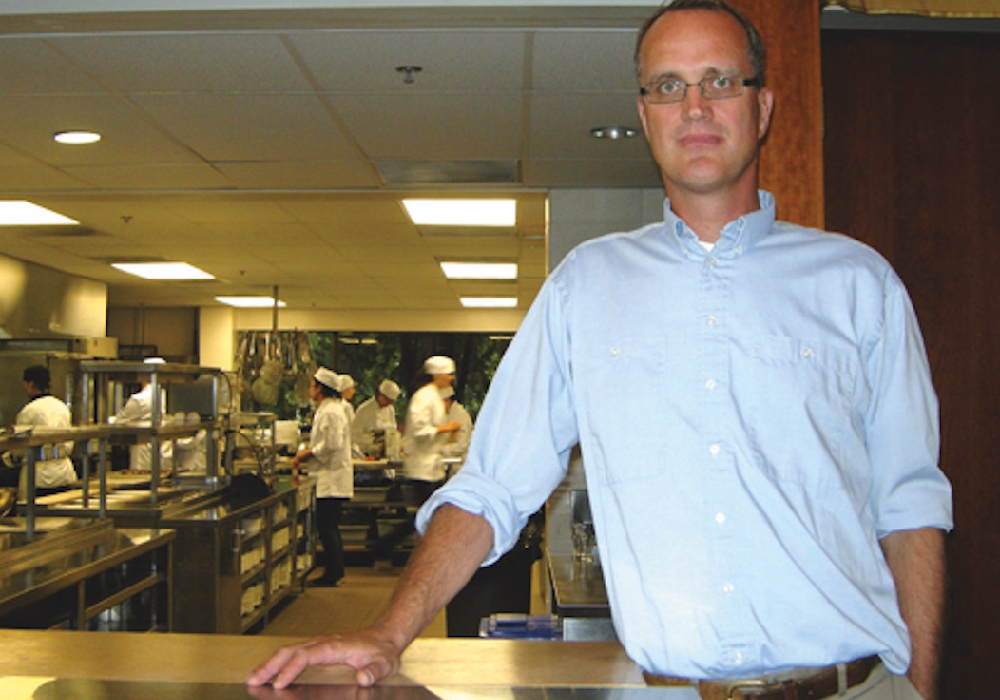The Bank of Montreal is telling Canada’s farmers to do a better job of managing their debt or risk instability from higher interest rates.
BMO cites George Brinkman, an authority on farm viability, as warning about “an unsettling outlook” from high levels of farm debt made worse by rising interest rates over the next three to five years.
BMO and Brinkman have teamed up to alert Canadian producers about the danger higher interest rates pose to already-burdensome farm debt levels.
Interest rates, which have been at historic lows for several years, could rise three to five per cent by 2015 and put farm lenders in a bind, BMO officials warned last week.
Read Also

Mazergroup’s Bob Mazer dies
Mazergroup’s Bob Mazer, who helped grow his family’s company into a string of farm equipment dealerships and the main dealer for New Holland machinery in Saskatchewan and Manitoba, died July 6 from cancer.
“It is conceivable that if a producer continued to use a variable rate and the principle outstanding remained the
Canadian farmers “are walking along a cliff edge.”
– GEORGE BRINKMAN
same, interest payments could in fact double,” said David Rinneard, BMO’s nat ional manager for agriculture, in an interview.
“Now is the time to come in, have a discussion and see what options are available.”
Rinneard said BMO decided to join forces with Brinkman af ter hear ing the ret i red University of Guelph agricultural economist speak recently about farm debt in Canada.
Brinkman has been sounding the alarm for years that Canadian agriculture faces a potential crisis because farmers are so highly leveraged with debt.
Canada’s farmers owed $63 billion in both mortgage and non-mortgage debt in 2009, up 4.7 per cent from the previous year, according to Statistics Canada.
The nation’s farm debt today is nearly 3.5 times what it was in 1981. That year, farm debt in the United States stood at US$177 billion. Since then, the U. S. debt has increased 20 per cent while Canada’s has more than tripled.
Brinkman has expressed grave concern about Canadian farmers’ ability to carry increasing debt loads. The average debt-to-income ratio among producers in the 1980s was about seven to one. In 2007 it was 40 to one.
In a recent talk, Brinkman said most Canadian farmers “are walking along a cliff edge” and higher interest rates could push them over.
The results could be catastrophic, he warned.
“What would your financial picture be like if your interest rate was five percentage points higher? What would you do if your lender cut back your operating loan by 25 per cent?” he asked.
Sal Guatieri, a BMO senior economist, said runaway interest rates and inflation are not in the cards. But he said it’s inevitable that short-term interest rates will soon rise because they have been kept artificially low to deal with the global recession.
“We don’t think inflation will be a driver of rising interest rates. What will be the driver is the renormalization of interest rates,” Guatieri said.
Rinneard said Brinkman’s statistics are aggregates and not every Canadian farmer is drowning in debt.
But BMO agrees impending interest rate hikes are serious and farmers should do things to prepare for them, Rinneard said.
Strategies include: locking in loans at fixed rates instead of following variable rates; making lump sum payments to lower loan principles; using available money to build nest eggs in programs such as Agr i Invest , which receives matching government contributions.
Rinneard said borrowers can also “stratify” loans – taking out several loans for varying periods of time to average out the increased cost of borrowing.
Rinneard said BMO, the second-largest agricultural lender among Canada’s chartered banks, does not have a problem with delinquent farm loans. But it wants to warn farm clients about higher interest rates.
“Interest rates are going to move and now is the time to do something about it, if in fact you need to.” [email protected]


















